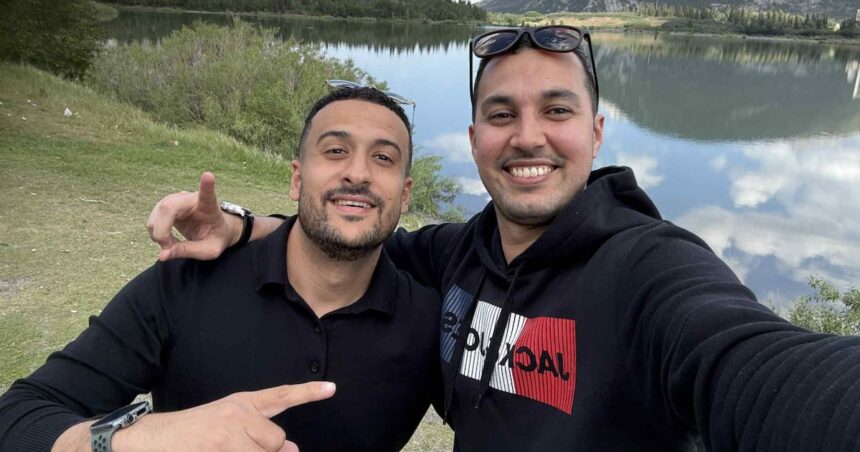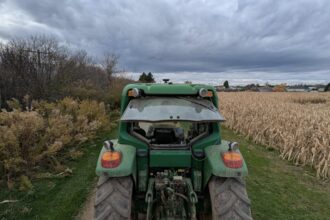In a heartbreaking development following last week’s devastating rockslide in Banff National Park, the second victim has been identified by a survivor who narrowly escaped with his life. The tragedy, which struck without warning on a popular hiking trail, has cast a shadow over what should have been the beginning of a vibrant summer season in one of Canada’s most treasured natural landmarks.
Michael Thompson, 42, who was rescued from the debris with severe injuries, has confirmed from his hospital bed that his longtime friend and hiking partner, Daniel Roberts, 38, was the second person killed in the sudden geological event. Roberts, a Vancouver-based environmental engineer and father of two, had been initially listed as missing while rescue teams worked tirelessly through treacherous conditions.
“Daniel was more than just my friend,” Thompson told reporters during a brief interview at Foothills Medical Centre in Calgary. “He was an experienced outdoorsman who loved these mountains. We’ve hiked these trails for nearly fifteen years together.”
Parks Canada officials have now officially concluded their search and recovery operations, which were hampered by continuing instability in the area. Geologists monitoring the site have warned that further collapses remain possible, forcing authorities to extend trail closures throughout the popular Sentinel Pass region.
“This type of geological event, while rare, demonstrates the unpredictable nature of mountain environments,” explained Dr. Elaine Harper, a geologist with Natural Resources Canada. “Preliminary assessments suggest recent temperature fluctuations may have contributed to the rock face’s destabilization, though complete analysis will take several months.”
The rockslide, estimated to have displaced over 500 tons of limestone and shale, occurred on the morning of June 20th when at least seven hikers were on the trail. Three individuals escaped without physical injury, while Thompson suffered multiple fractures and internal injuries requiring emergency surgery.
Roberts’ family released a statement through their attorney expressing profound grief and requesting privacy. “Daniel lived his life embracing adventure and nature. While we are devastated by his loss, we find some comfort knowing he was in a place he deeply loved.”
The tragedy has reignited discussions about safety protocols in Canada’s national parks, with some advocacy groups calling for enhanced early warning systems in areas prone to geological instability. Parks Canada has announced a comprehensive review of risk assessment procedures for popular hiking destinations throughout the mountain parks system.
“We cannot eliminate all risks in wilderness settings,” stated Regional Parks Director Caroline Fraser, “but we are committed to implementing any lessons learned from this tragedy to enhance visitor safety.”
For the tight-knit community of outdoor enthusiasts in western Canada, the incident serves as a sobering reminder of nature’s unpredictable power. Local hiking clubs have organized a memorial event to honor both victims, scheduled for next weekend at Banff’s Central Park.
As summer tourism season reaches its peak, how will parks officials balance providing access to Canada’s natural wonders while ensuring the safety of the millions who visit these potentially hazardous but magnificent landscapes?











